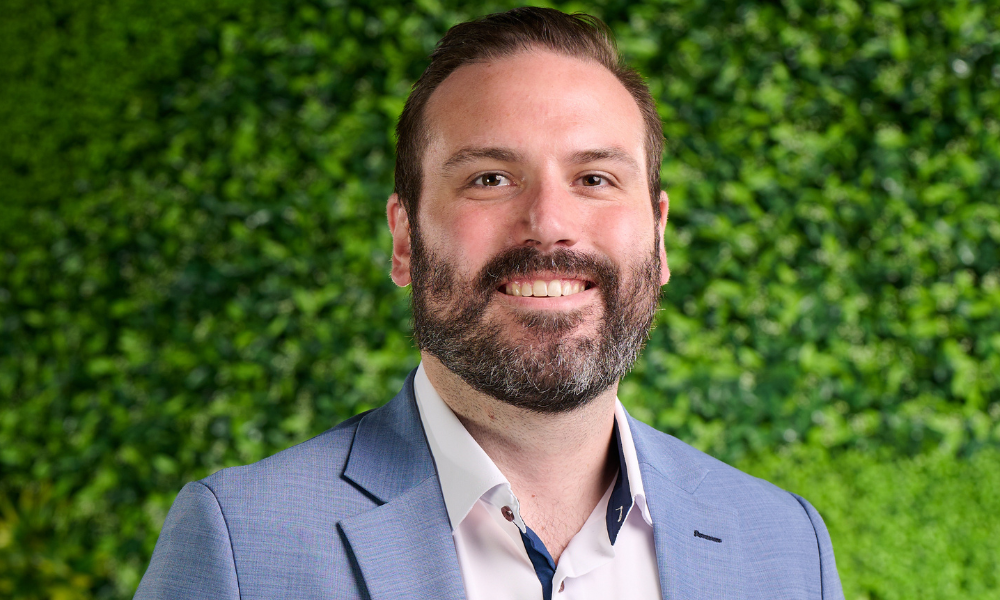

There’s no such thing as a one-size-fits-all approach to financial planning, with changing client expectations now driving new hyper-personalized strategies. Frank Balas, Vice President of Investments at Wealthspire Advisors Melville NY, Boca Raton, FL and New York City offices, says that a combination of radical new tech coupled with a tailored portfolio is the key to navigating any tricky market.
“You want to make sure that each individual or family's portfolio is aligned with their objectives and their risk tolerances,” he explains. “You want to have exposure to a diversified set of asset classes that might help you weather various types of economic conditions. Beyond that, for clients that prefer something more tactical, we can accommodate this too. Our tactical investment decisions are informed through a combination of a multi-year outlook and a shorter term six to 12-month outlook.”
The multi-year outlook focuses on the broader economic cycle, which generally spans five to ten years, moving from recovery to expansion, maturity, and eventually recession.
“Forward equity returns tend to be higher when you're in the earlier stages of the economic cycle,” adds Balas.
Conversely, during the later stages of the cycle, characterized by peaking corporate profits, decelerating economic growth, and higher valuations, Balas favors a more cautious approach.
“When you're in that type of late cycle environment, a less aggressive or even cautious stance may be prudent,” he says.
Balas avoids absolute predictions, instead favoring a probabilistic approach to economic forecasting. He emphasizes the value of well-developed analytics to sift through the noise and focus on actionable data.
“The derived outputs are checklists which can help us filter through that data to distinguish what is noise versus what is signal,” he says.
The shorter-term outlook, on the other hand, involves understanding the directional combination of economic growth and inflation, which Balas categorizes into four possible regimes: Goldilocks, reflation, stagflation, and disinflation. Each regime has its own set of optimal investment strategies. For instance, a Goldilocks environment—where growth is accelerating while inflation slows—tends to be favorable for stocks, as accelerating revenues coupled with decelerating costs boost profits.
“If growth is accelerating while inflation is slowing, we refer to that as Goldilocks. That tends to be a very good environment for stocks.” In contrast, stagflation, where growth is decelerating and inflation is accelerating, requires a more nuanced approach. “What thrives in that environment is really dependent on which factor is more dominant,” he adds.
Technological advancements, particularly in data analysis and artificial intelligence, have also significantly impacted the investment landscape. Speaking to IN, Balas explains that there’s both benefits and challenges posed by this mass influx of data.
“There's so much data out there, it can actually be a detriment if you don't know how to prioritize,” he warns. “I didn't know much about Python a year and a half ago, but with the help of these large language models, the learning curve has just become a lot shorter. It's like having immediate feedback and the ultimate tutor in front of you. I think those technologies have been really game changing.”

Relationships are key to our business but advisors are often slow to engage in specific activities designed to foster them.

Whichever path you go down, act now while you're still in control.

Pro-bitcoin professionals, however, say the cryptocurrency has ushered in change.

“LPL has evolved significantly over the last decade and still wants to scale up,” says one industry executive.

Survey findings from the Nationwide Retirement Institute offers pearls of planning wisdom from 60- to 65-year-olds, as well as insights into concerns.
Streamline your outreach with Aidentified's AI-driven solutions
This season’s market volatility: Positioning for rate relief, income growth and the AI rebound
